|
How many athletes are required to perform a movement analysis before starting a performance training program? My guess is that most athletes are not. Let me ask another question. What happens when an athlete is asked to perform a back squat or any movement for that matter, which is dysfunctional in nature due to their physical limitations? Strength is added to that dysfunctional movement pattern, it is not added to the true functional movement pattern. I’m going to continue to use the squat as my main example because it is probably the most common exercise used in most high schools. The squat is an amazing exercise for building strength, but when it is performed before athletes are ready for the movement bad things can happen. Below are some pictures that illustrate what an improper squat pattern looks like. These faulty squat patterns could be due to an array of reasons, some of which include short/weak hip flexors, imbalance of core musculature, excessive pelvic tilt, limitations with ankle mobility, weak glutes, etc. A complete movement analysis must be done to understand the complexity of these dysfunctional squat patterns. All of the above pictures demonstrate a faulty squat pattern that needs some cleaning up. Below is a picture of a squat pattern that is ready to be loaded with external resistance. If you are not performing a movement analysis of some sorts you are doing a disservice to your athletes. It is literally the foundation of any worthwhile performance training program.
2 Comments
3/22/2024 02:19:34 pm
Painful movement. It grinds the simplest actions to a halt, a constant reminder of vulnerability. Even the most routine tasks become a test of endurance, a battle between will and discomfort. It's a frustrating dance, this push and pull between needing to move and fearing the resulting ache.
Reply
Leave a Reply. |
Archives
July 2024
Categories
All
|
Proudly powered by Weebly

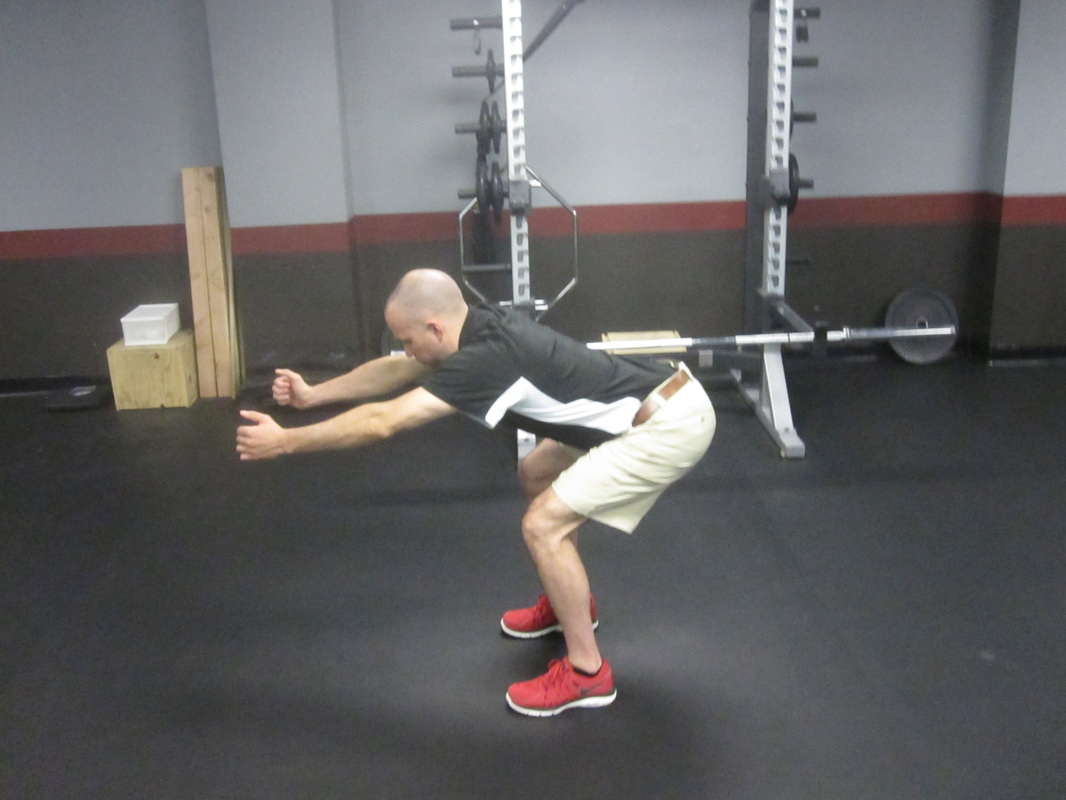
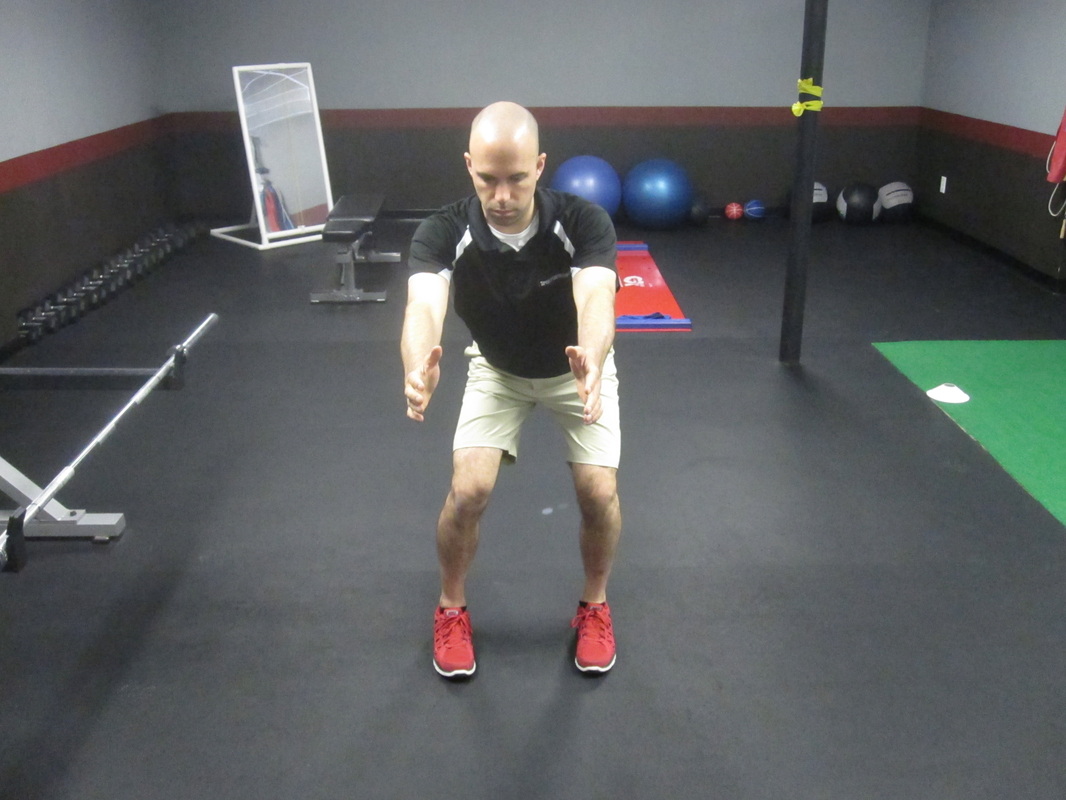
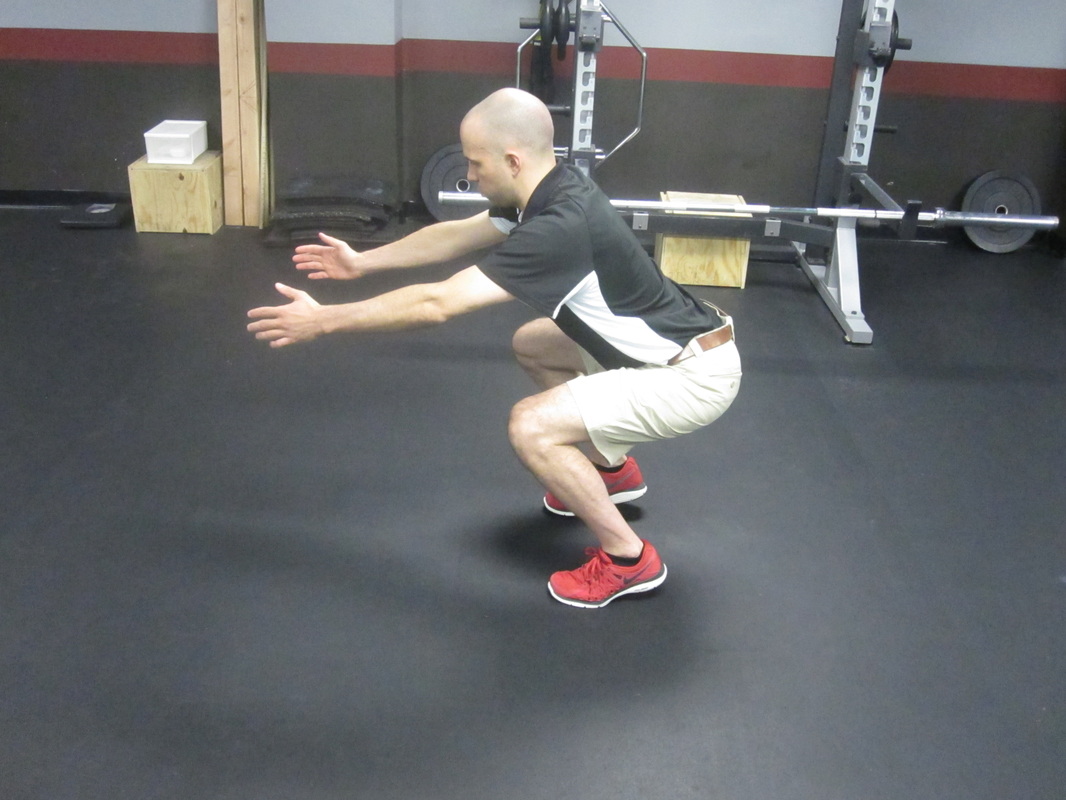
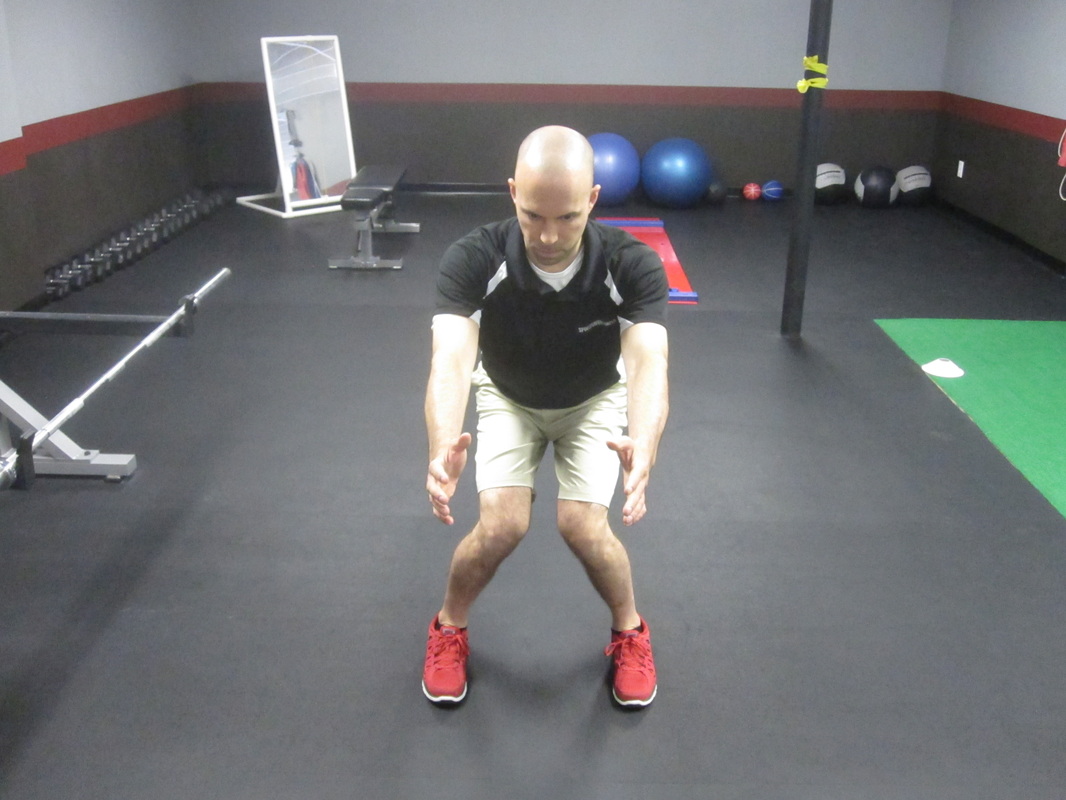
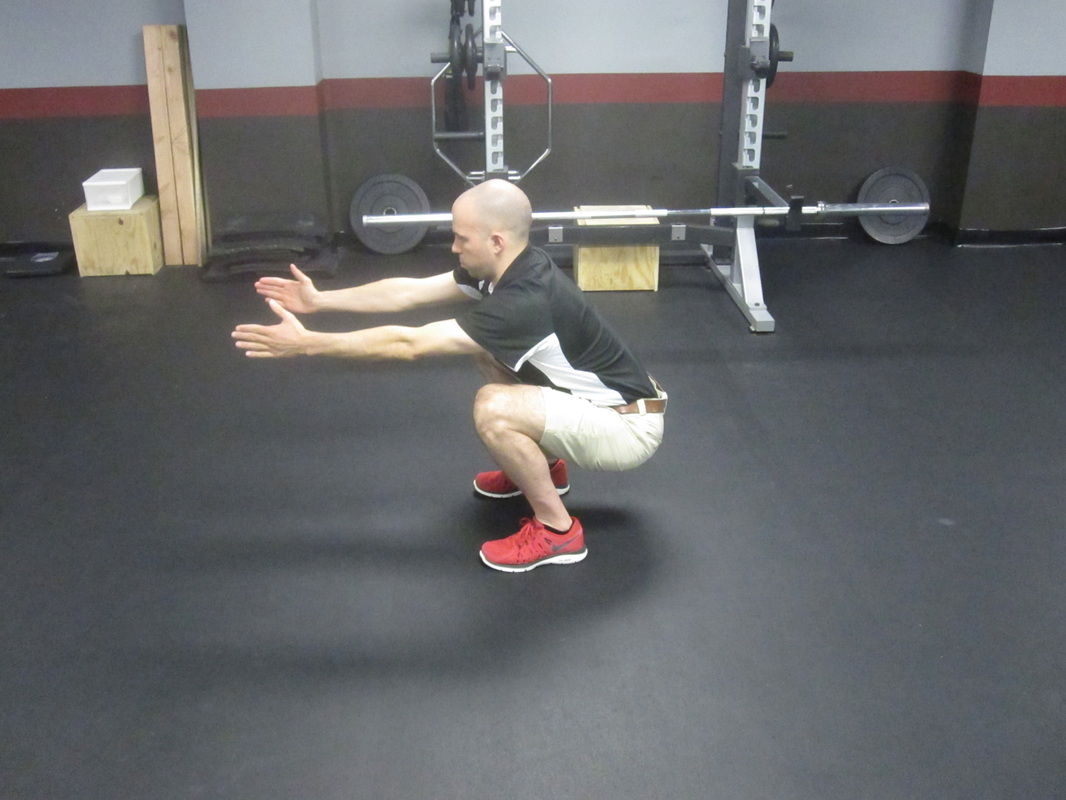
 RSS Feed
RSS Feed